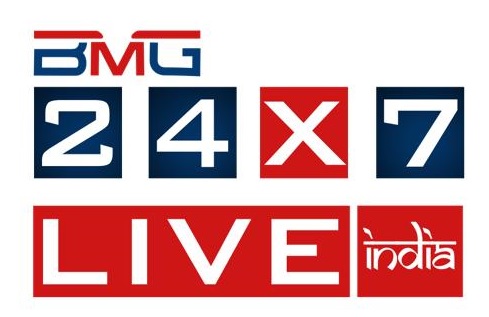Failure of collegium system, need to review NJAC Judgment

B V ACHARYA
Recently Supreme Court has come down heavily on the authorities responsible for making appointments to the various tribunals for their failure to fill up vacancies.
Two days back, the Supreme Court took the Union Government to task for not ordering the appointment of judges to the various High Courts, even though the Supreme Court collegium has made the recommendation a second time, in which event the Government is mandatorily bound to pass orders for an appointment.
Whenever the question of failure to fill up vacancies of High Court judges arose, the Union Government and the Supreme Court collegium have consistently put the blame on each other. The public have no means to know the true position, as these are confidential communications between the two and the same is not in the public domain.
However, as of now there are 416 posts remaining vacant in various High Courts out of about 1100 sanctioned posts. Today the newspapers while publishing the news about the retirement of Justice Rohington Nariman, have reported that as of now there are nine vacancies in the Supreme Court and one more judge is about to retire within few days when the vacancies will be 10 out of sanctioned strength of 34 judges.
It is also reported that there has been not a single judge appointed to the Supreme Court during last 22 months, though during this period as many as eight judges retired at intervals.
According to convention regarding any vacancy, the Supreme Court collegium is required to recommend a name well in advance. Failure of the Supreme Court collegium to send single name for appointment to the Supreme Court during the last 22 months is a matter of grave concern, particularly having regard to huge pendency in the Supreme Court also. For this situation in the Supreme Court now, none can be held responsible except the Supreme Court collegium.
It is not a case where the Union Government failed to appoint in spite of the recommendation by the collegium. It is relevant to recall that the power of selection of judges of the Supreme Court and the High Courts vested with the Union Government (according to the provisions of the Constitution) subject to consultation with the Chief Justice of India, right from 1950 till the year 1993.
However, a nine-judge bench of the Supreme Court by the judgment in the Second Judges case virtually divested the Union Government of this power and invested the same exclusively in the Supreme Court collegium. Thus, the collegium system came to be introduced through this judgment, though the constitution does not provide for it.
This judgment was the subject of severe criticism, and many felt that the Supreme Court has virtually rewritten the constitution so far as the selection and appointment to the higher judiciary is concerned.
Read: Supreme Court curtailing the inherent powers of the High Courts- B.V.Acharya
The attack on the collegium system came not only from eminent advocates and jurists but also former supreme court judges who were members of the collegium earlier. Consequently, there was widespread demand for the appointment of a National Judicial Commission for selection of judges to the Supreme Court and the High Courts.
After so many years, ultimately, the Union Government acceded to this demand and introduced 99th Constitution Amendment Bill and the NJAC Act for entrusting the power of selection to a Judicial Commission. These were unanimously passed by both the Lok Sabha and Rajya Sabha, with only one member dissenting in Rajya Sabha.
Soon the Supreme Court entertained a PIL challenging the NJAC Act as also the Constitution Amendment and a Constitution Bench struck down both these enactments on the ground that they impaired the independence of the judiciary, which is a basic structure of the Constitution. This judgment was also the subject matter of criticism both for its faulty reasoning as also for enabling continuation of much maligned collegium system which had attracted criticism of favouritism and nepotism.
However the said criticism had no effect on the Supreme Court and collegium system continued with all its evil consequences resulting in accusations that the whole system has failed. This perception of failure is now demonstrated by the developments in the Supreme Court, as the collegium was unable to send even one recommendation for appointment to the Supreme Court, resulting in nine vacancies out of 34. None can say that there are no suitable candidates either from the Bench or the Bar to fill up these posts. It is unnecessary to emphasize the urgent need for the Supreme Court to function with full strength, and as many as nine vacancies are too serious a matter to be ignored.
Then what is the solution? In the first place, the collegium system, which has continued with all shortcomings, has to be discontinued, as its failure is now well demonstrated. The Supreme Court must be gracious enough not only to admit the failure of the system but also realize the serious error committed by it in striking down the NJAC Act and the companion Constitution Amendment.
The Supreme Court should be magnanimous enough to own its mistake and review the judgment in the NJAC case if necessary, by a larger Bench, thus paving the way for NJAC Act to come into force forthwith.

Author is Senior Advocate and Former Advocate General
The Opinion expressed in this column is the personal opinions of the author. The facts and opinions appeared in the column do not reflect the views of 24x7liveindia.com and 24x7liveindia.com does not assume any responsibility or liability for the same

















